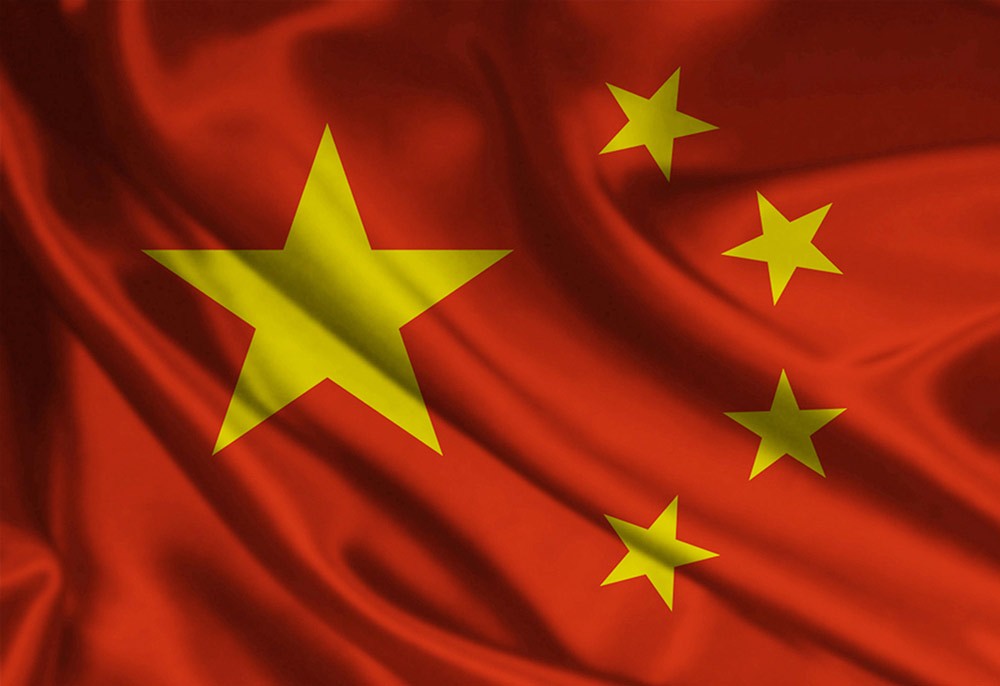Turning point for China?
The forecast for shipping is expected to remain bleak while investors figure out what’s next for China.
Morgan Stanley remains pessimistic about assets tied to the commodity and emerging market complex, with its chief Asia economist warning that a pick-up on the back of policy easing will be only temporary. With China being responsible for approximately 12% of global trade, shipping is certainly an asset of concern.

The company also reveals that while many of the investors it meets believe China is extremely important to their outlook, they express a low degree of confidence in their ability to predict where the country is heading next.
The remarkable speed and scale of China’s growth has made it an essential part of the global economic fabric. The country consumes 45% of the world’s copper and produces 50% of the world’s steel. Yet this importance is coupled with a level of uncertainty.
Early in 2015, China responded to slowing economic growth by easing monetary policy aggressively, cutting interest rates and ramping fiscal spending while at the same time alleviating restrictions on the property market.
“If investors believe that China’s growth will soften again over the summer, it’s only a matter of time before market prices react. And there are signs that time is now.”
These steps have undoubtedly strengthened China’s economic numbers since the third quarter of 2015, however Morgan Stanley questions the staying power of this strength and asks how long before markets react negatively.
“The good news is that policy easing has helped to stabilise growth”, says Andrew Sheets, Morgan Stanley’s chief cross-asset strategist. “The bad news is that this pick-up seems to be temporary, according to Chetan Ahya, our chief Asia economist, who recently flagged greater risks of a slowdown arriving even earlier than August.
“This is largely due to two key factors. First, the spending or easing that was in China’s pipeline six months ago has played out. Second, the current pick-up also appears to be associated with an even larger increase in net borrowing.”
Given that it now takes 6.5 units of debt to produce one unity of GDP, Morgan Stanley adds that additional gains from the lending channel are “limited”.
Turning data
Indeed, China’s data already suggests diminishing returns from a flagging stimulus. The company’s China economy activity indicator, the MS-CHEX, is currently at 3% versus 10% in April, for instance. Meanwhile, property sales in top cities slowed to an annualised 15% in the first two weeks of May compared to 55% yearly in April.
If investors believe that China’s growth will soften again over the summer, it’s only a matter of time before market prices react. And according to Morgan Stanley, there are signs that time is now.
Against this backdrop, it is no surprise that many in Morgan Stanley’s research team share a pessimistic outlook for assets tied to the commodity and emerging market complex. The metals team is cautious about prices for the second half and the energy team believes that fundamentals remain much weaker than oil prices currently suggest.